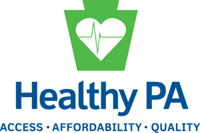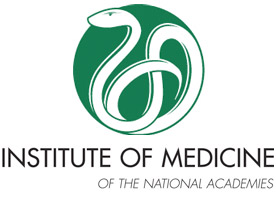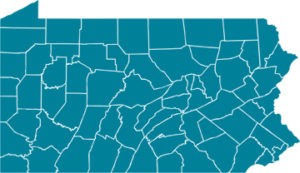PA Closing in on Classification Criteria for New Medicaid Recipients
Among the features of Pennsylvania’s “Healthy Pennsylvania” Medicaid expansion program is the consolidation of 14 current adult benefits packages into just two packages: the “Healthy” package for new recipients considered low-risk patients and the “Healthy Plus” package for those who are considered high-risk patients, or medically frail.
But ever since the Corbett administration unveiled its Medicaid expansion plan last fall, the question of how new recipients would be evaluated to determine which benefit package they will receive has remained unanswered.
Now, the Pennsylvania Department of Public Welfare (DPW) appears to be getting closer to providing a clear answer.
 Recently, DPW’s Medical Assistance Advisory Committee (MAAC) circulated three working documents that present the state’s latest thinking on the classification process.
Recently, DPW’s Medical Assistance Advisory Committee (MAAC) circulated three working documents that present the state’s latest thinking on the classification process.
The first document presents an overview of the latest version of state’s screening tool, including what the tool is, how it defines “medically frail,” and how it will be used. It also notes that use of the tool is not mandatory.
This next document offers additional information about how the state envisions defining “medically frail.”
And this third document is a draft of the screening tool itself, the health care needs questionnaire.
Pennsylvania’s Medicaid expansion is scheduled to take effect on January 1, 2015, but people who think they may be eligible may begin enrolling on December 1 through the state’s enrollment web site or at any state county assistance office.







